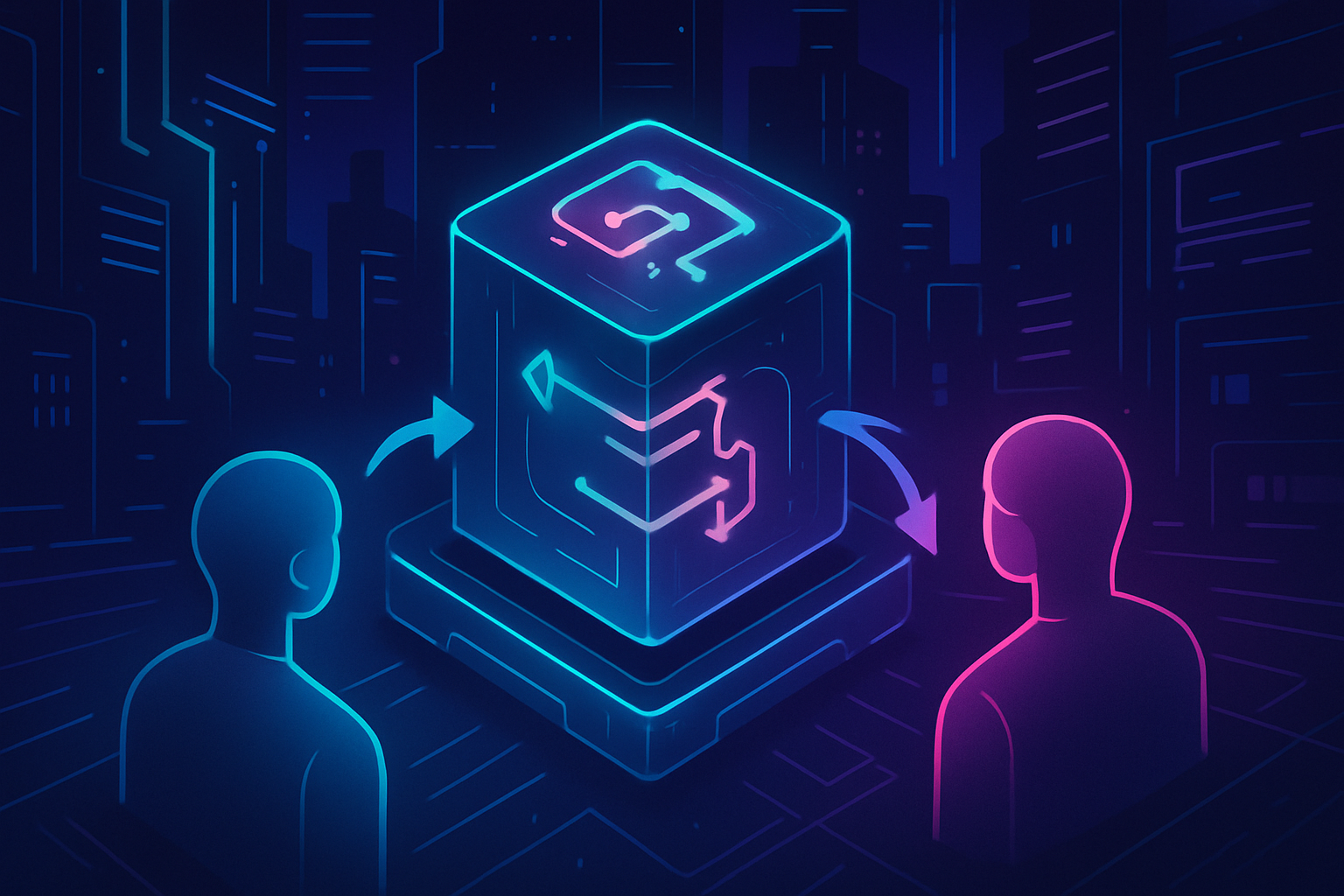
For years, Maximal Extractable Value (MEV) has been a shadowy force shaping the DeFi landscape. By allowing miners, validators, or sophisticated bots to reorder, insert, or censor transactions within a block, MEV has led to painful outcomes for everyday users: increased slippage, inflated gas fees, and trades that settle far from the expected price. For many DeFi participants, this invisible tax has eroded trust and made even simple swaps feel like navigating a minefield.

From MEV Exploitation to User Empowerment
Historically, MEV extraction was a zero-sum game. Searchers and validators captured profits through tactics like front-running and sandwich attacks, while users bore the costs. The result? Billions siphoned from traders’ pockets and mounting frustration across the ecosystem. As highlighted by Bitcoin Insider, these practices have led to significant price slippage and suboptimal trade executions in DeFi markets.
But 2023 marked a turning point. The introduction of MEV rebates began shifting value flows back toward users. Instead of letting arbitrage bots pocket all extracted value, new wallet-level solutions now route transactions through protective relays that share profits with the very people who would otherwise be exploited.
The Rise of MEV Sharing Wallets
Leading this charge are platforms like MEV Blocker, developed as a collaboration between CoW Protocol, Agnostic Relay, and Beaver Build. Here’s how it works: when you send a transaction through an integrated wallet (such as Rabby), your order is routed via a network of searchers competing to backrun your trade safely, rather than attack it. When one searcher wins the bid to backrun your transaction without harming you (i. e. , no sandwiching), 90% of their bid is sent directly back to your wallet as an MEV rebate; only 10% goes to validators as an incentive.
This model has delivered tangible results at scale. Since April 2023:
Key Statistics on MEV Blocker’s DeFi Impact
-
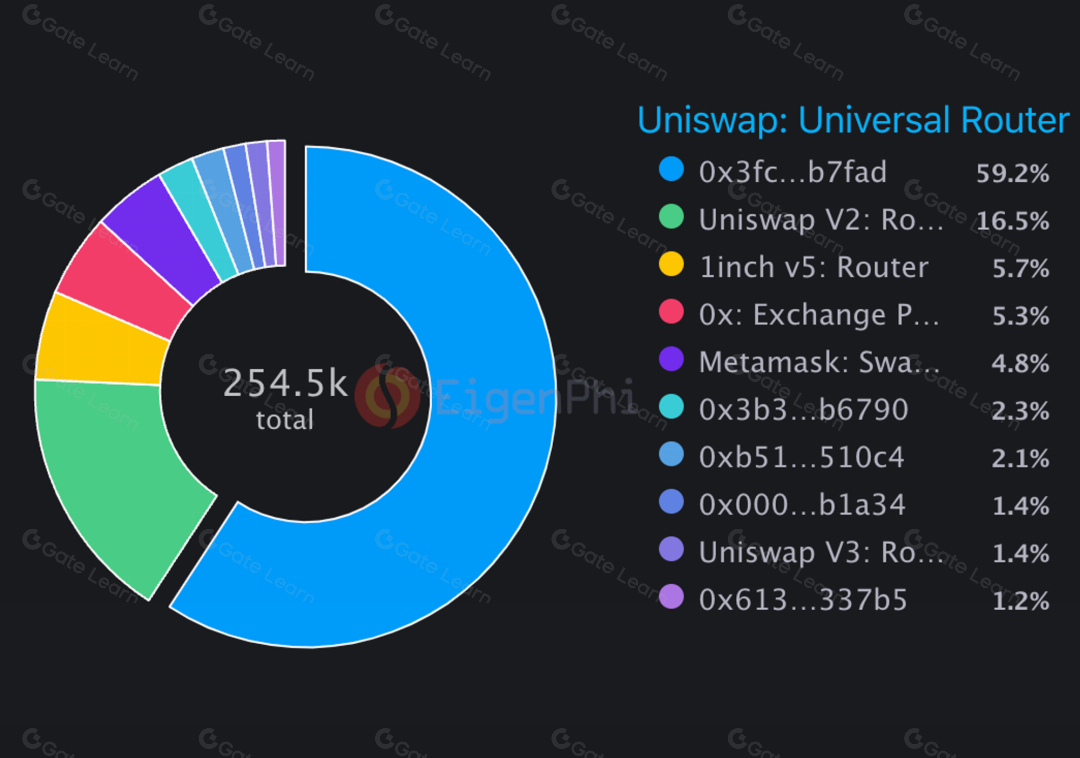
Over $64 billion in DEX volume protected since MEV Blocker’s launch in April 2023, significantly reducing user exposure to harmful MEV practices.
-
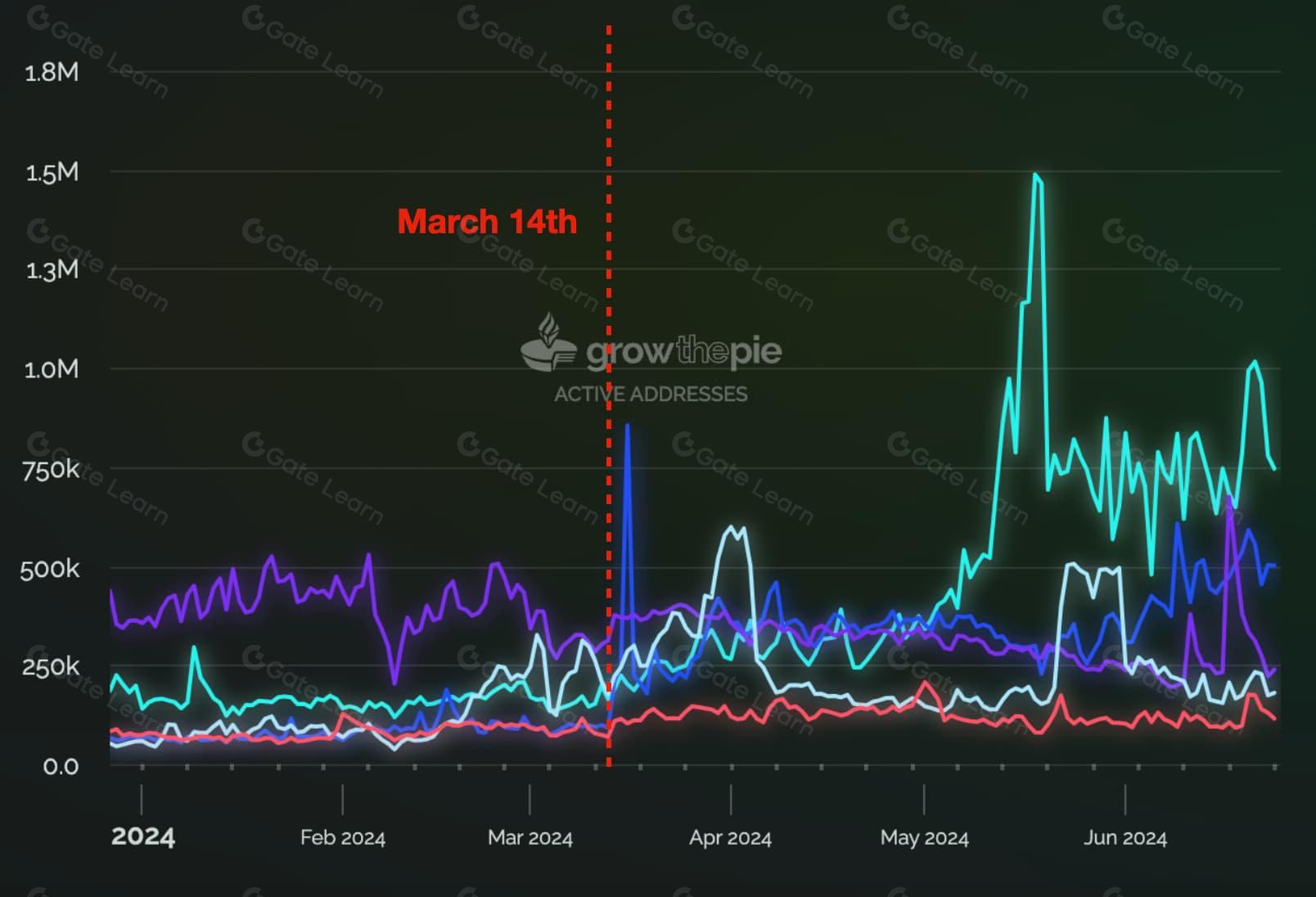
More than 15.9 million user transactions processed through MEV Blocker, showcasing its widespread adoption and operational scale in DeFi.
-
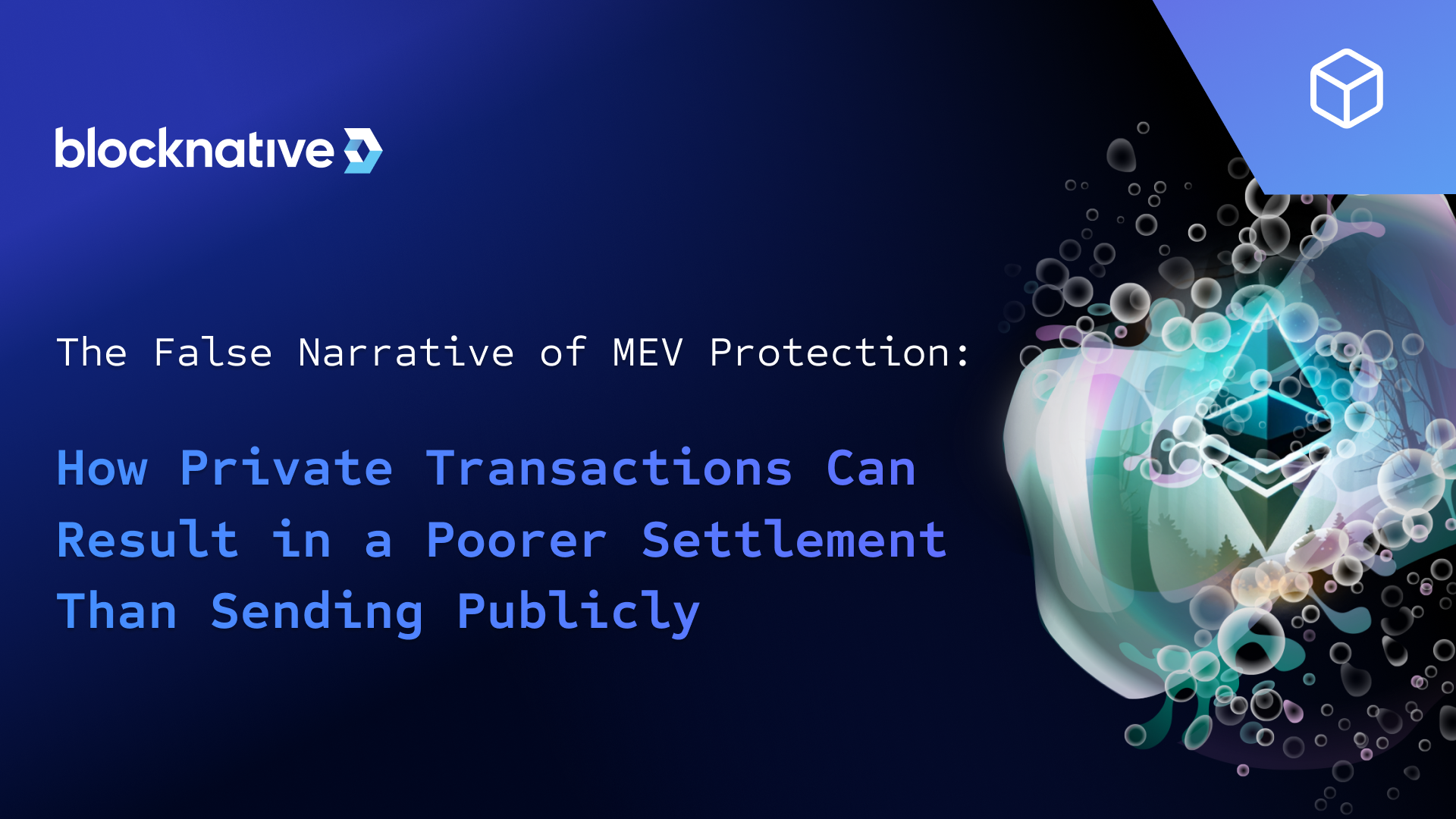
862,000 unique wallet addresses have benefited from MEV Blocker’s protection, reflecting broad user trust and integration across the DeFi ecosystem.
-
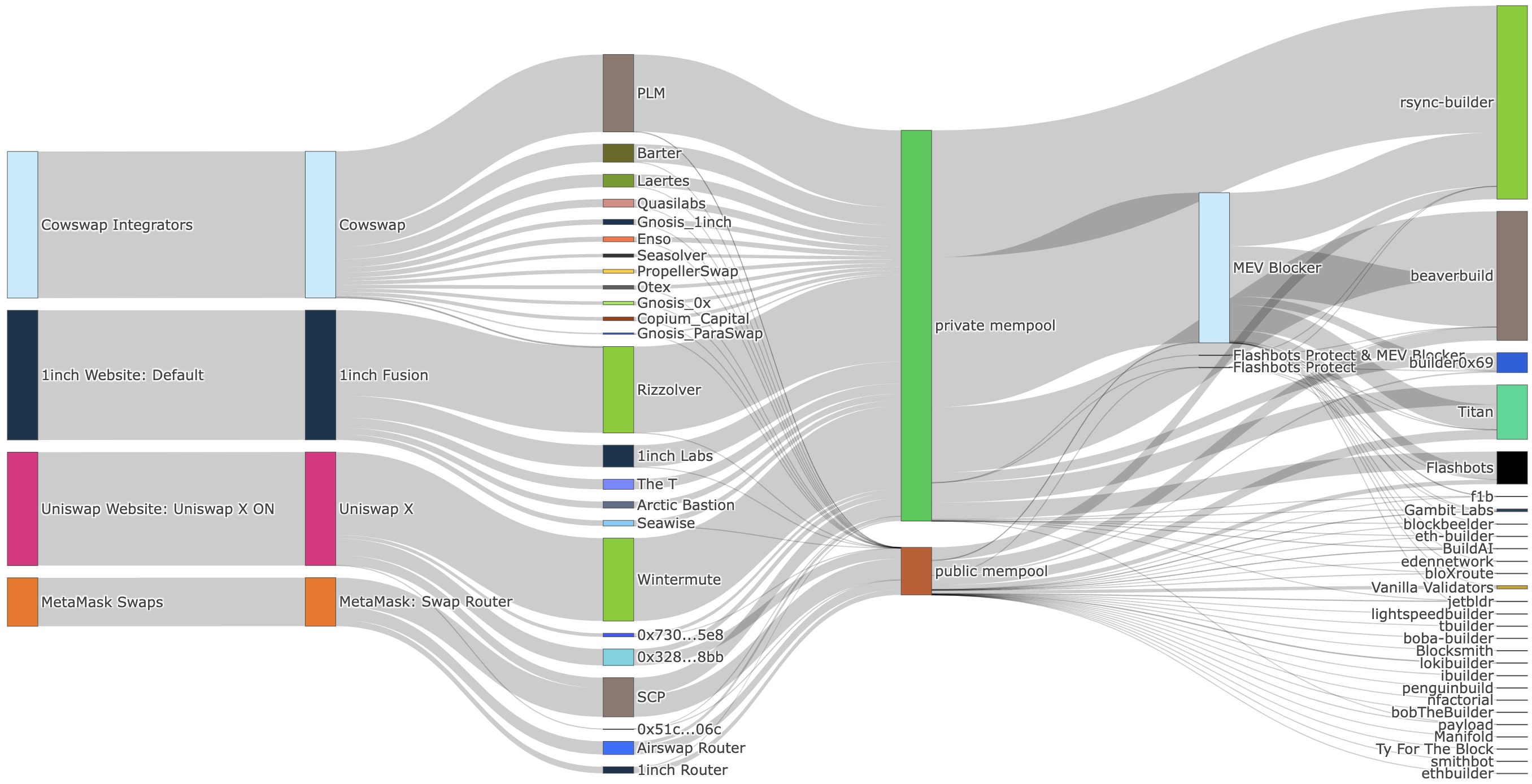
Over 1,700 ETH in rebates distributed to users and projects, directly returning value that would otherwise be captured by MEV searchers.
-
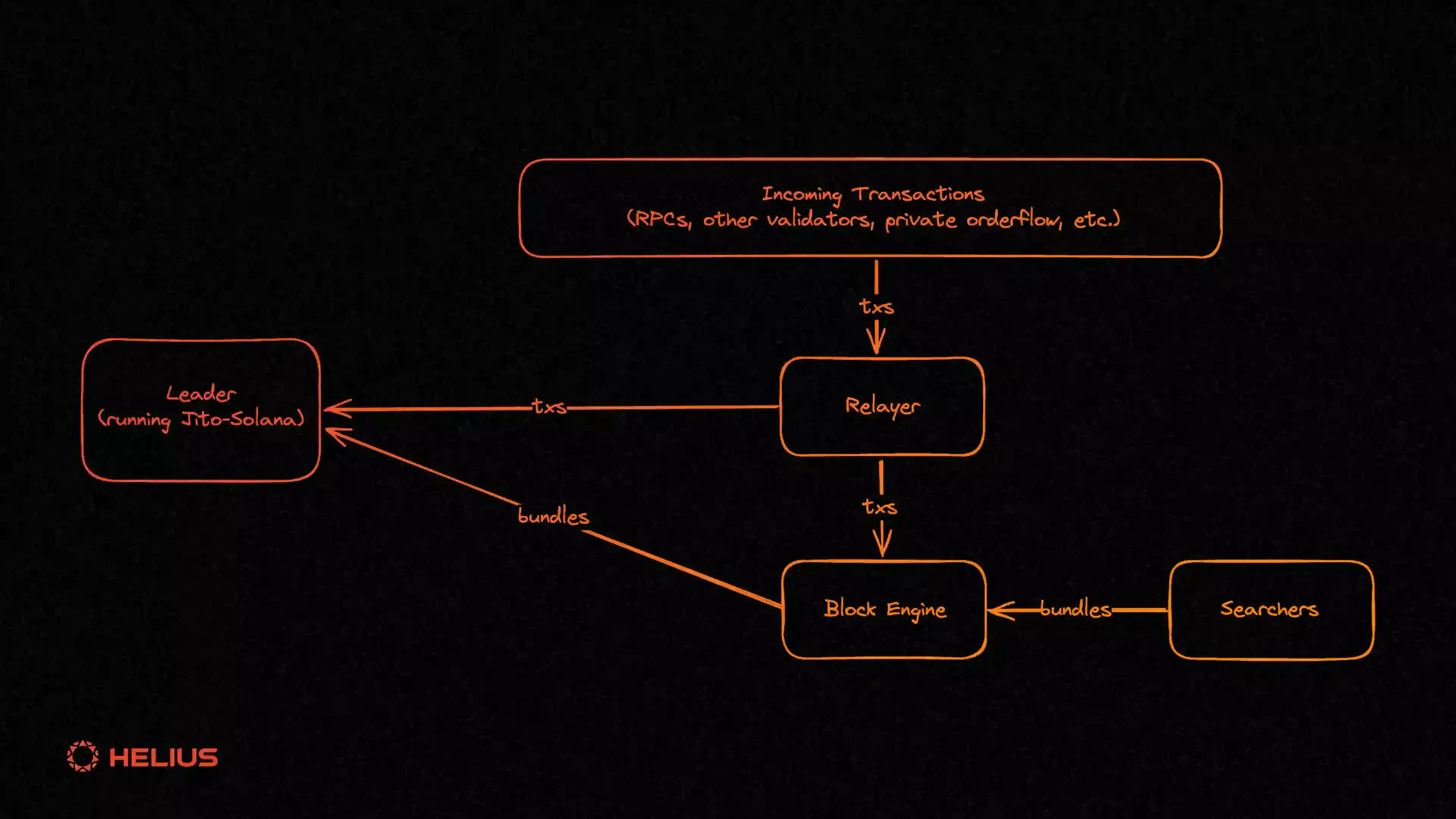
90% of searcher bids are rebated to users, with the remaining 10% rewarding validators—establishing a user-centric incentive model.
-
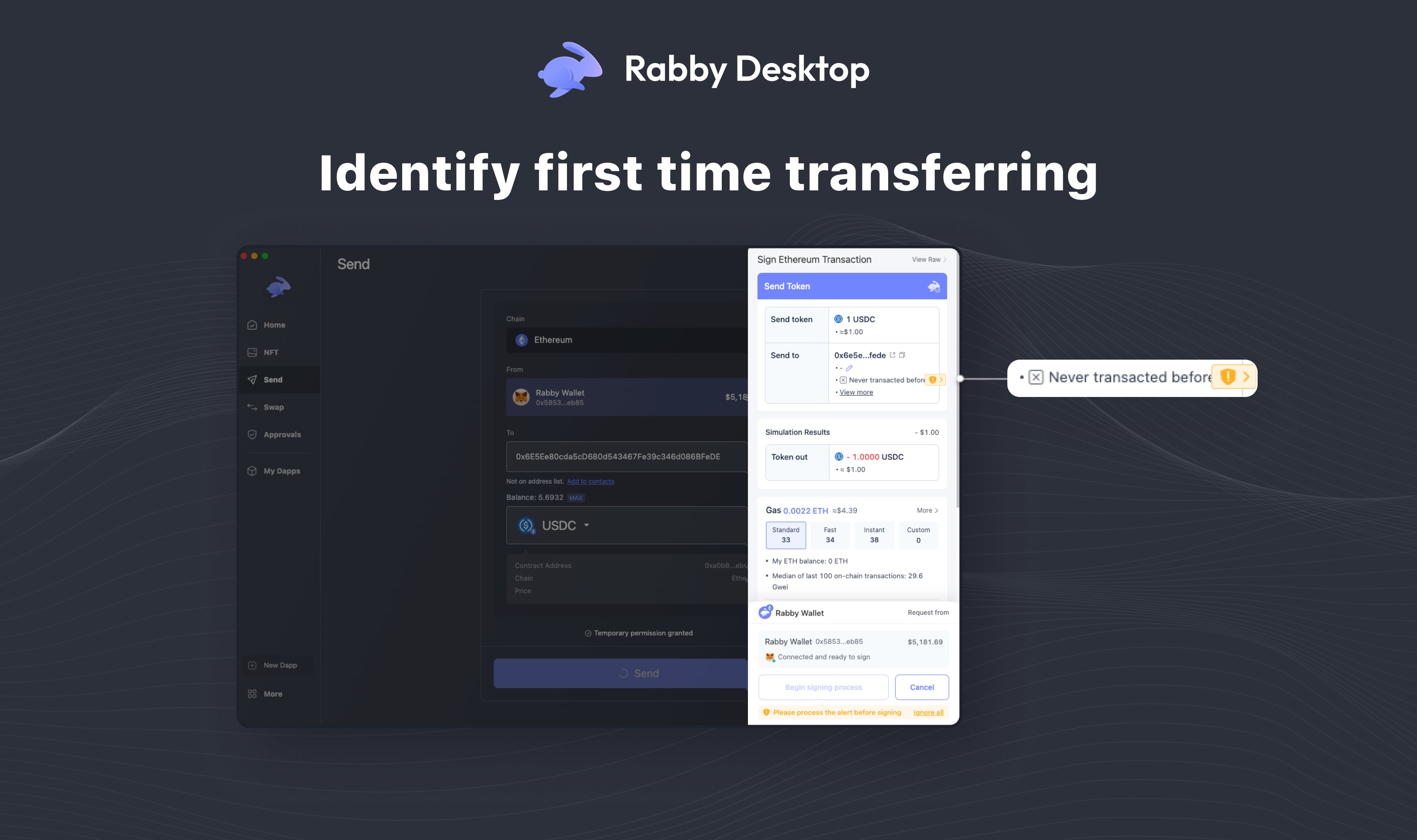
Integration with leading wallets like Rabby, which leverage MEV protection and gas optimization to reduce fees by 10-20% without slowing transactions.
The numbers speak for themselves, over $64 billion in DEX volume protected, more than 15.9 million user transactions processed across 862,000 unique addresses, and upwards of 1,700 ETH returned in rebates (HackMD report). For many users who previously saw only losses from MEV activity, these rebates represent real compensation for participating in DeFi markets.
How Wallet-Level Protection Changes Everything
The integration of MEV sharing mechanisms into wallets is redefining what users can expect from their DeFi experience. Take Rabby Wallet as an example: by leveraging real-time data and smart algorithms for transaction relaying and timing optimization, Rabby not only protects against sandwich attacks but also reduces gas fees by up to 10-20%: all without compromising transaction speed (Nasaind.in analysis). This dual benefit means users are less likely to be front-run or sandwiched while also enjoying more efficient trades.
For those accustomed to watching profits slip away due to predatory MEV practices, these advances mark a paradigm shift toward fairness and transparency in DeFi trading.
What’s most striking is how MEV rebates and wallet-level protections are democratizing access to value that was once the exclusive domain of sophisticated searchers and validators. Instead of being passive victims, users now participate directly in MEV sharing: every protected transaction is a small act of reclaiming agency. The psychological impact should not be underestimated. Knowing your wallet actively shields you from sandwich attacks and returns a share of extracted value builds trust, encourages higher trading volumes, and attracts new entrants who might otherwise have been wary of DeFi’s hidden risks.
Beyond Rebates: Usability, Transparency, and the Road Ahead
The ripple effect goes beyond just financial rewards. As wallets like Rabby and others continue to innovate with MEV protection, users benefit from improved transparency at every step. Transaction simulations now let traders preview potential slippage or sandwich risk before confirming swaps. Some interfaces even estimate expected MEV rebates, making costs and benefits visible in real time. This level of clarity is essential for onboarding both retail traders and institutional participants who demand predictable outcomes.
Key DeFi Wallet Features for MEV Protection & Transparency
-
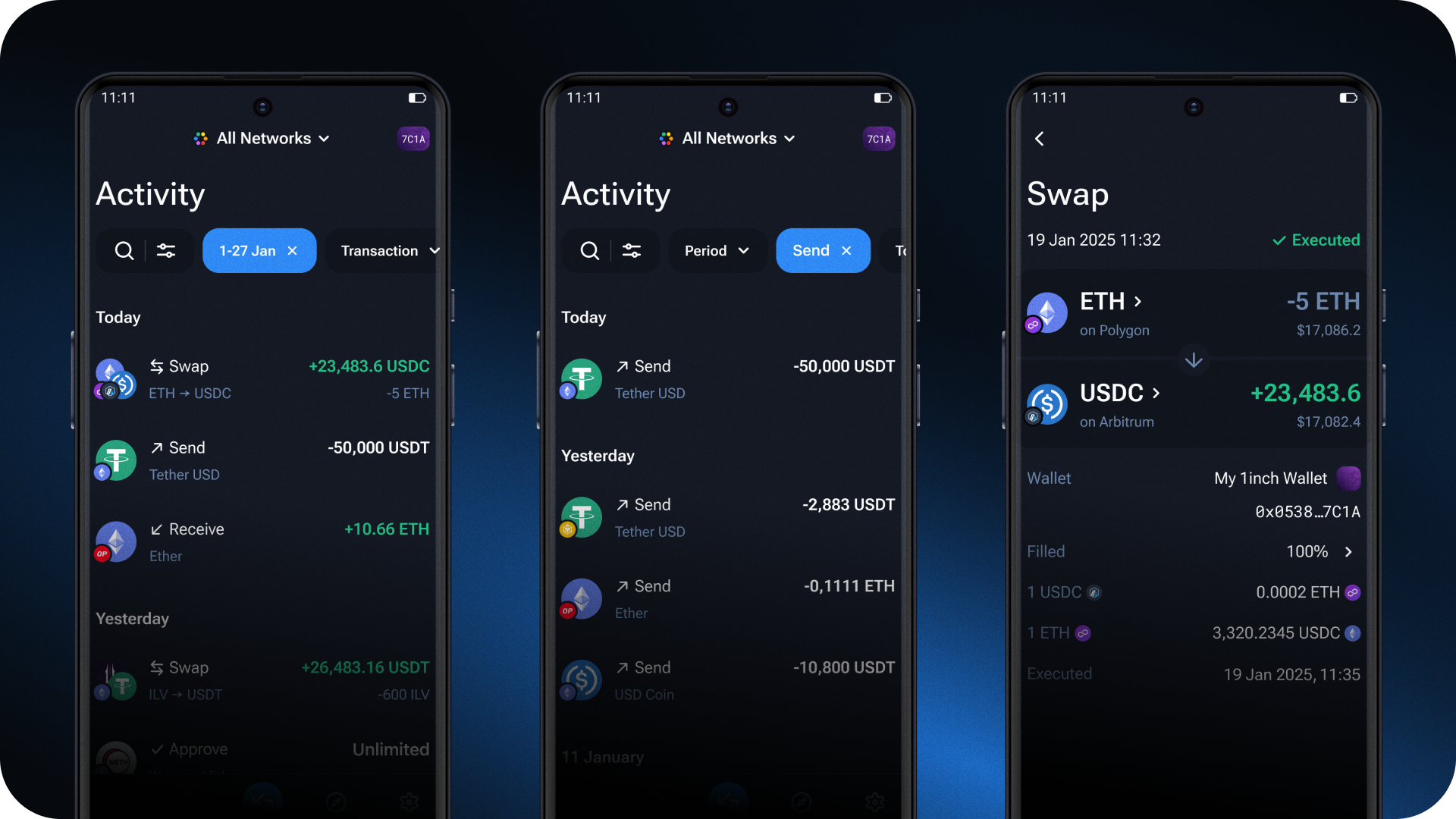
MEV Blocker Integration: Many modern wallets now integrate MEV Blocker, a solution developed by CoW Protocol, Agnostic Relay, and Beaver Build. It routes transactions through a network of searchers to protect users from frontrunning and sandwich attacks, returning 90% of backrun bid value as rebates directly to users and 10% to validators.
-
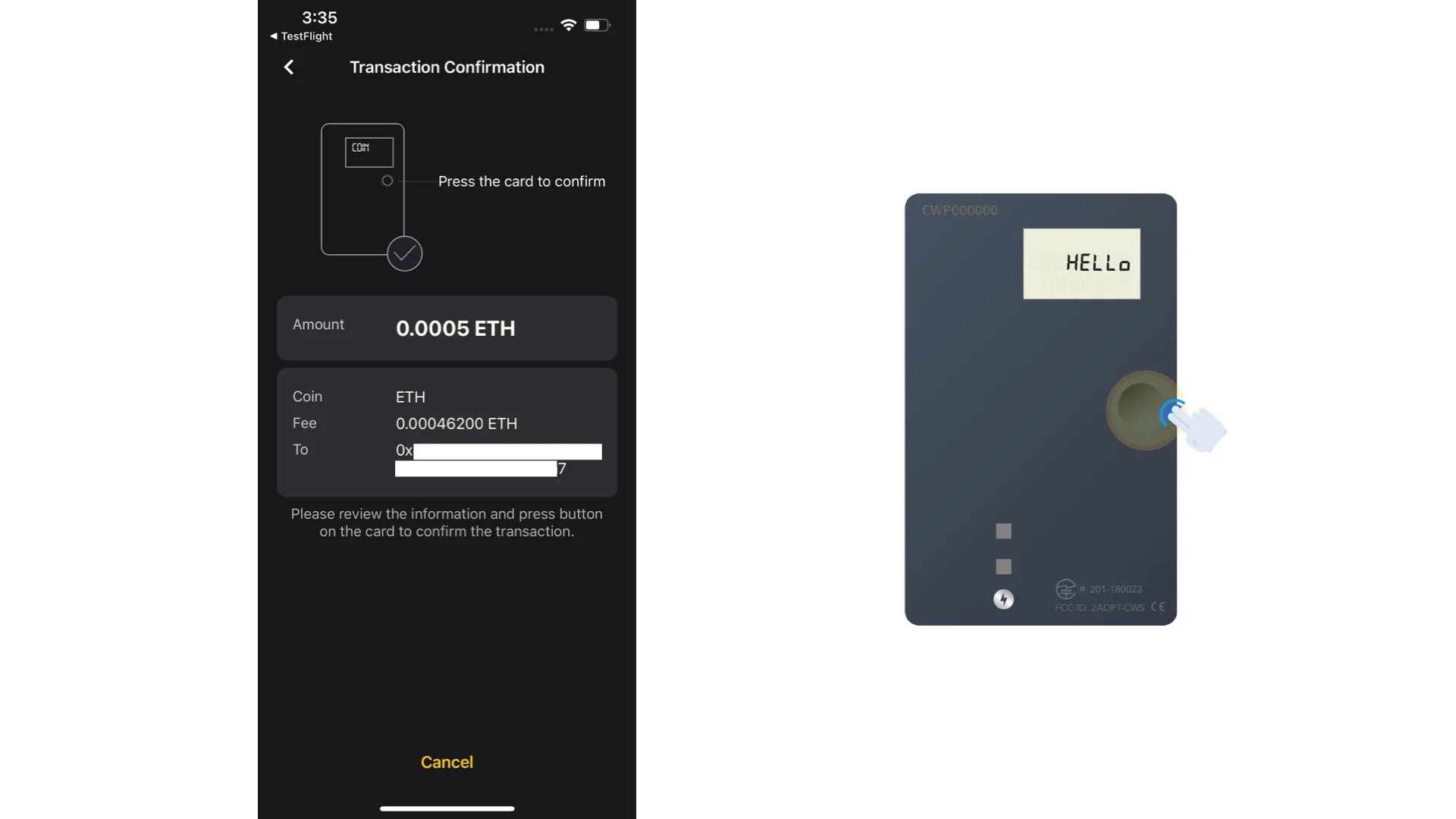
Real-Time MEV Protection Status: Wallets like Rabby display real-time MEV protection status, showing users whether their transactions are shielded from harmful MEV extraction. This transparency helps users make informed decisions before confirming trades.
-
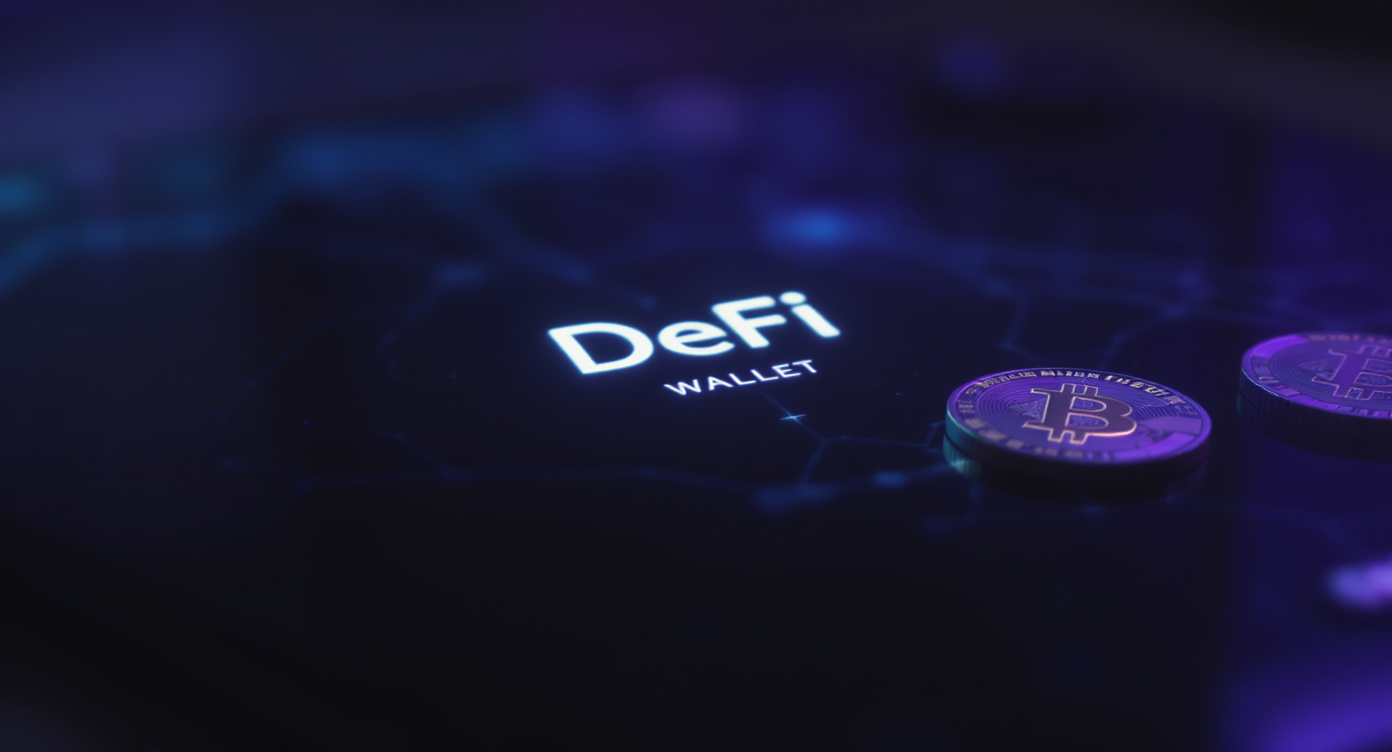
Transaction Simulation and Gas Optimization: Advanced wallets offer transaction simulation to preview potential slippage, MEV risks, and gas costs. For example, Rabby uses smart algorithms and real-time data to reduce gas fees by 10-20% while maintaining MEV protection, enhancing both security and cost efficiency.
-
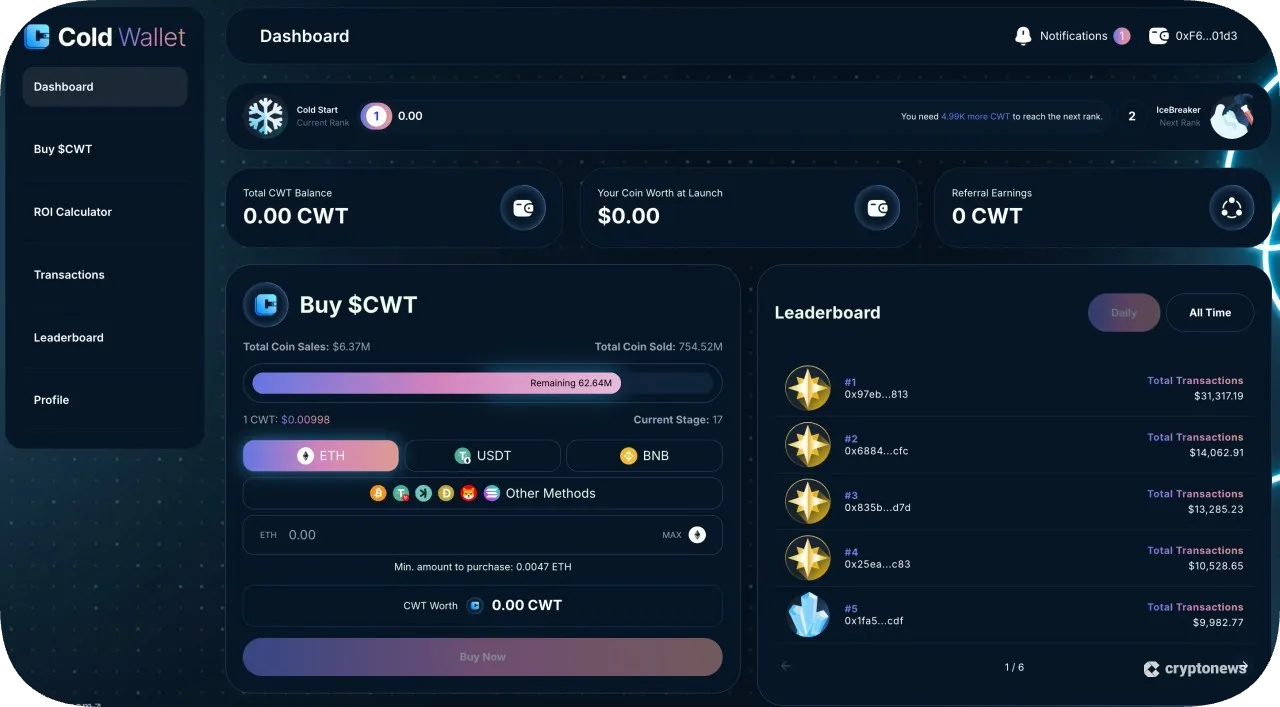
Detailed MEV Rebate Tracking: Users can access rebate dashboards within supported wallets, providing clear records of MEV rebates earned and associated transaction details. This fosters transparency and trust in the MEV rebate process.
-
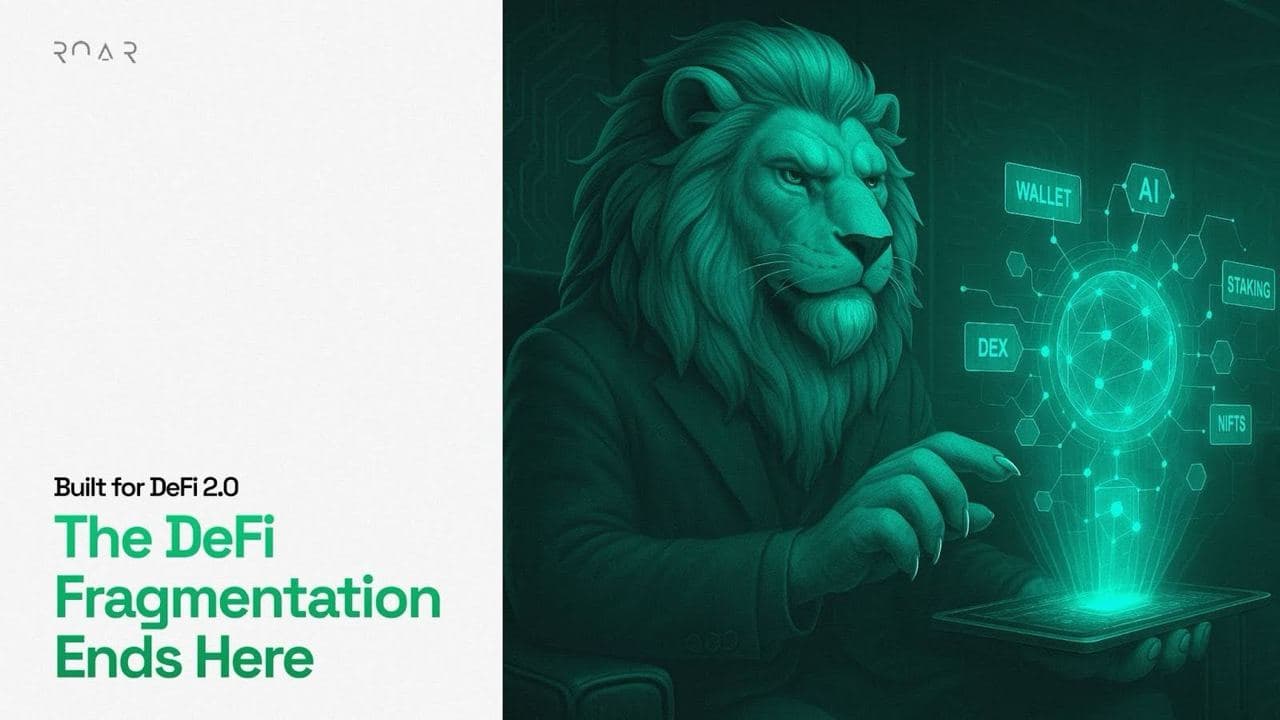
Multi-Chain MEV Protection: Leading wallets extend MEV protection and rebate features across multiple blockchains, ensuring consistent security and transparency for users trading on Ethereum, BNB Chain, and other major networks.
However, there are still challenges ahead. Not all wallets or protocols have adopted robust MEV sharing schemes yet. Fragmentation remains an issue; some networks are better protected than others, leaving gaps that sophisticated adversaries can exploit. Additionally, as searchers compete for backrun opportunities in protected relays, new forms of strategic behavior may emerge, requiring ongoing research into incentive alignment and protocol upgrades.
Yet the momentum is undeniable. As highlighted by The Defiant, wallet-level solutions like MEV Blocker are setting new standards for fairness in DeFi infrastructure. The numbers, over $64 billion DEX volume protected and 1,700 ETH rebated, underscore a fundamental shift: users are no longer simply price takers but active beneficiaries in the value chain.
A New Era for DeFi User Experience
Ultimately, the rise of MEV sharing wallets signals more than just technical progress, it represents a cultural evolution within decentralized finance itself. By embedding fairness into the very tools people use to access DeFi markets, developers are restoring confidence and making these systems more inclusive.
The days when only insiders could extract value from block ordering games are ending. With transparent rebates, real-time protection against sandwich attacks in DeFi, and ever-improving user interfaces, wallets have become powerful allies rather than mere gateways. For anyone navigating today’s fast-moving markets, from seasoned traders to newcomers, this transformation delivers tangible benefits: lower costs, fewer nasty surprises, and a sense that the playing field is finally starting to level out.
